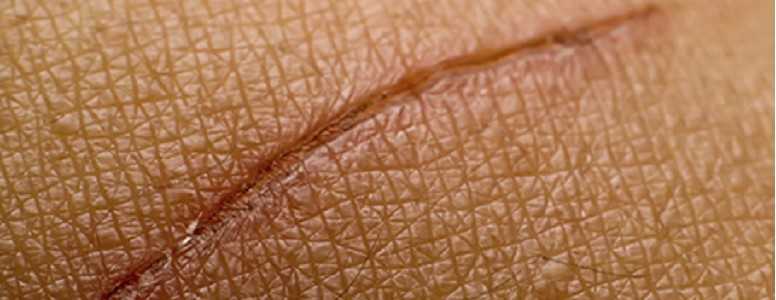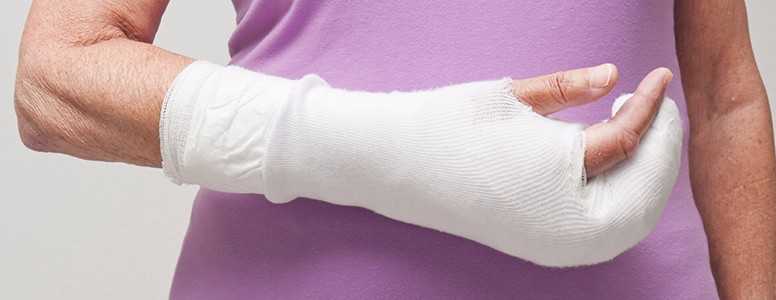Electronic stimulation could accelerate wound healing, according to research conducted by scientists from the University of Manchester.
The study, published in PLOS ONE, could lead to significant improvements in the way that diabetic wounds are treated, reducing the risk of foot ulcers and amputation.
Diabetes and slow wound healing
Slow healing of wounds is a typical complication of diabetes. It occurs as a result of diabetic neuropathy. Over time, prolonged exposure to high blood glucose levels can damage the nerves, which makes it harder for blood to move around the body. Blood is needed for skin repair, so poor blood circulation slows the rate of healing in cuts and wounds.
Slow wound healing commonly exacerbates foot ulcers. People with diabetic neuropathy often don’t notice injuries to their feet because their nerves are damaged. But because the wounds heal so slowly, even minor cuts and become infected or develop into ulcers.
It is vital, therefore, that people with diabetes – especially people with diabetic neuropathy – check their feet regularly and carefully.
Foot ulcers are the leading cause of amputation in people with diabetes, and diabetes is the most common cause of amputation. The NHS spends £1 billion a year on chronic wounds such as diabetic ulcers.
How was the study conducted?
The researchers made tiny, harmless wounds on the upper arm of each volunteer, then separated them into two groups: in the first group, the wound was left to heal on its own; in the second, electrical pulses were used to stimulate the healing process. The wounds of the second group healed much more quickly.
The electronic pulses improve the rate of healing by accelerating angiogenesis, which is the process by which new blood vessels are formed. When new blood vessels form, blood flow improves, so the healing process is faster.
How will the research be developed?
The research team from the University of Manchester’s Institute of Inflammation and Repair will now start work on a five-year project, in partnership with Oxford BioElectronics Ltd. The project will aim to develop new healing devices that stimulate wound healing in the same way.
“This research has shown the effectiveness of electrical stimulation in wound healing, and therefore we believe this technology has the potential to be applied to any situation where faster wound healing is particularly desirable,” said Dr Ardeshir Bayat, principal investigator from the University of Manchester.
“This is an exciting partnership, working on a pioneering project with the potential to change substantially the cutaneous wounds are managed in the future.
“When used in acute and chronic wounds, bandages are essentially just a covering. With this technology we hope that the dressings will be able to make a significant function contribution to healing the wounds and getting the patient back to full health as quickly as possible.”
Roly Alle, Managing Director of Oxford Bioelectronics, said: “We are delighted with our collaboration with Dr. Bayat and his team at the University of Manchester. Healing of wounds, in particular chronic wounds, is a global problem and we expect, through this partnership, to lead the development of the next generation of wound repair solutions.”
What's new on the forum? ⭐️
Get our free newsletters
Stay up to date with the latest news, research and breakthroughs.






